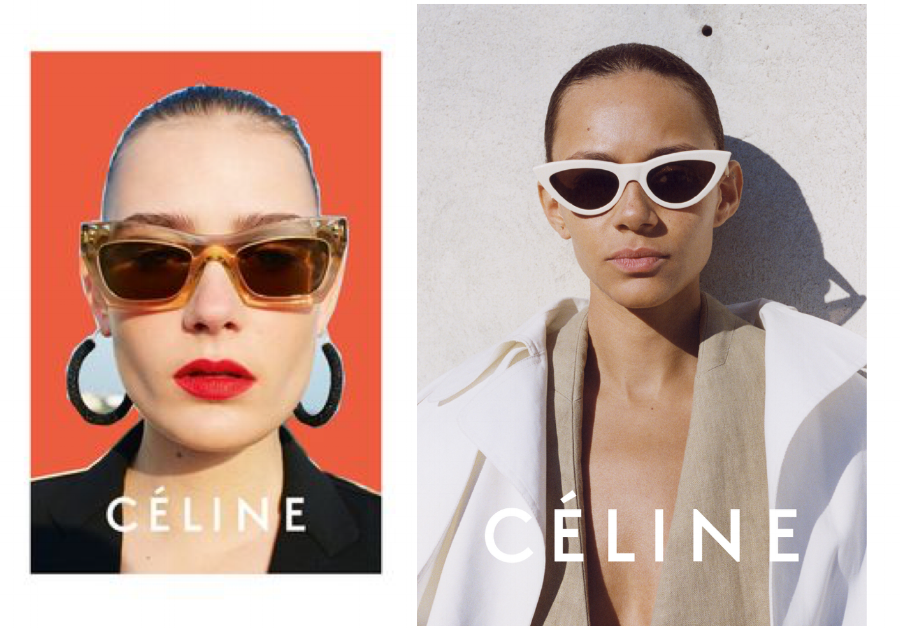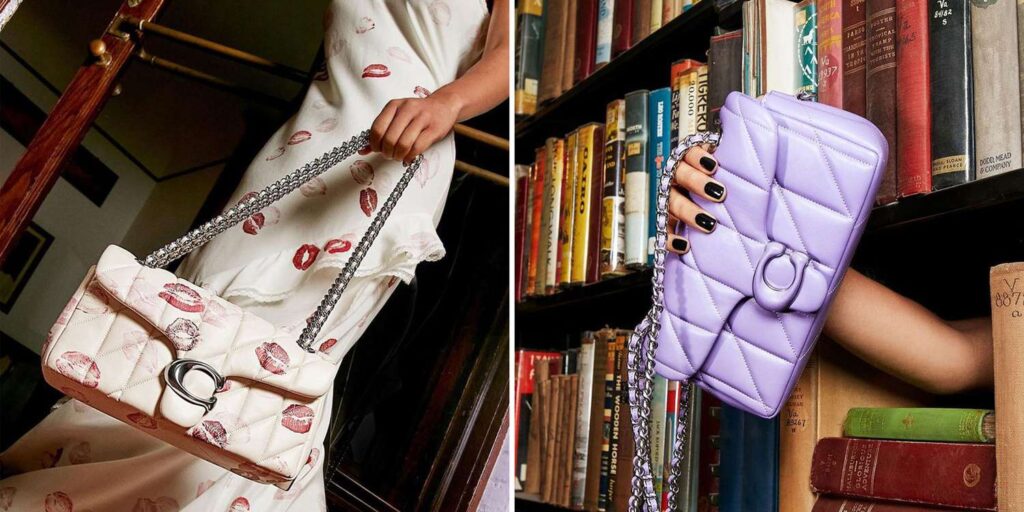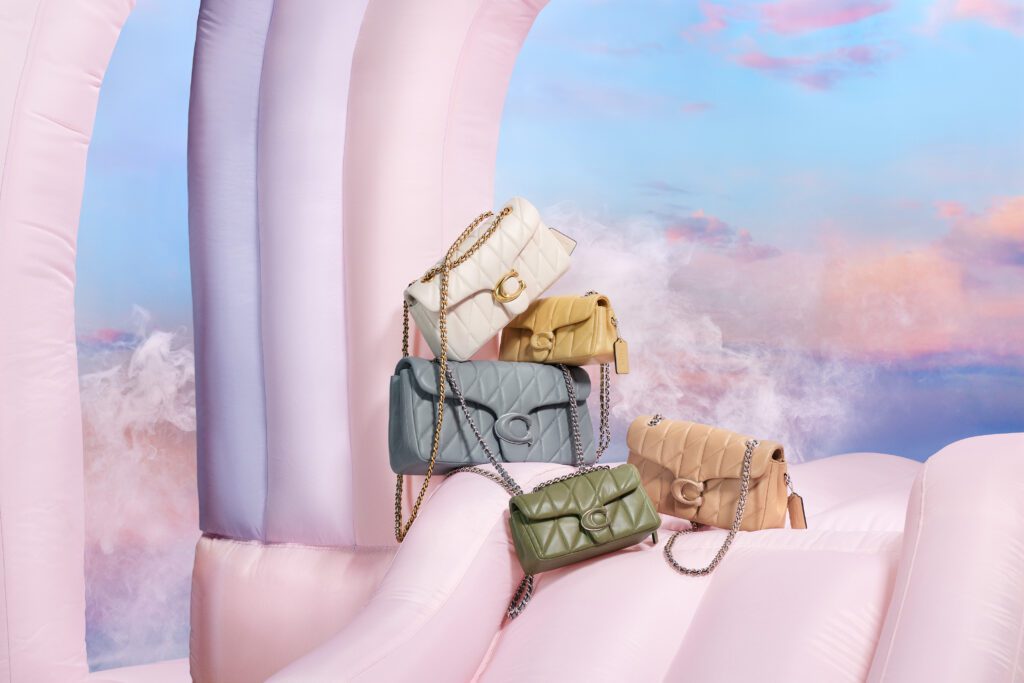
image: Celine
Forget the runway. What consumers across the globe are buying – and buying a lot of – you are not going to find there. Instead, you will find them coming from Coty or Luxottica or Interparfums. Coty, the American beauty manufacturer, for one, revealed better-than-expected quarterly results this week, which highlights consumers’ penchant for luxury fragrances, such as those from Burberry, Balenciaga, and Gucci, but also sheds light on the enduring success of licensing deals, which, just a few years ago were facing something of an uncertain future.
Thanks to a handful of highly lucrative licensing deals, which see brands trade off the right to use their names and logos in certain goods categories in exchange for oft-hefty royalties, Coty has the right to sell cosmetics bearing the Burberry, Marc Jacobs, Gucci, Miu Miu, Balenciaga, Alexander McQueen, and Jil Sander, among others, branding and log the sales of these branded scents and beauty goods to its own books.
Not merely a one-way street, fashion brands have long looked to licensing as a source of considerable revenue. Most of the European fashion houses, which started out in the business of making couture, luggage, and/or equestrian equipment, tend to earn the majority of their money from more accessible goods, including ready-to-wear, but even more significantly, accessories and licensed goods.
Still yet, licensing serves as a powerful avenue for growth by enabling brands to commercialize their valuable intellectual property (namely, their trademarks) and expand their operations into new geographic markets and categories with greater ease than if they were to do so in-house.
Despite the time-tested reliance on licensing by many established brands (LVMH’s Celine and Louis Vuitton eyewear is made by Italian eyewear giant Marcolin, for instance, while eyewear behemoth Luxottica produces LVMH-owned Bulgari’s eyewear), a shift appeared to be underway when brands began reining in their networks of licensing deals. This saw at least a few big-name brands take formerly licensed categories, such as eyewear and fragrance, in house in order to better control the images of their brands, diversify their businesses offerings, and boost sales on internally-made products.
For instance, during the 1990’s, Christian Dior worked overtime to get a handle on its extensive web of licensing deals. Under the watch of former CEO Sidney Toledano, Dior reduced its outstanding licenses from 300 to just a few. Kering-owned “Yves Saint Laurent, which used to have more than 160 licenses around the world, spent much of the past decade buying them back,” per Reuters. As of 2012, it had just two: one with Safilo for eyewear, and another with L’Oreal for perfumes and cosmetics.
Gucci followed suit, announcing in 2014 that it would put an end to its license agreement with eyewear maker Safilo and bring its $460 million eyewear business in-house.
Burberry similarly brought its beauty division under its own roof in 2012, ending its deal with French perfume business Interparfums. As noted by the Telegraph at the time, controlling brand image – one of the key reasons brands opt to rescind existing licensing deals or forgo them altogether – was “key for Burberry, which under the watchful eye of chief creative officer Christopher Bailey, has kept control of the marketing and design for their fragrances from the get-go.”
Fast forward to April 2017, though, and Burberry did a 180, announcing that it had inked a deal with Coty. In exchange for the right to manufacture, market and sell fragrances and cosmetics bearing the Burberry name and famous checkered print in the U.S., Coty paid a whopping $225 million to the British brand.
Burberry may have experienced exactly what analysts cautioned at the time of its split with Interparfums: Aiming to control a category as specialized as perfume production may be a step too far. “Fashion and beauty are different industries,” Thomas Chauvet, analyst at Citi told Reuters in 2012. He further noted that Burberry’s move could prove to a “costly [one] and a management distraction at a time when the luxury industry [was] entering a potential global slowdown.”
Explaining the decision to move to internal manufacturing in 2012, Burberry execs stated that they saw big potential in the perfume and cosmetics sector, and were inspired by market leaders, Dior and Chanel, which are among the few to run their own perfume businesses.
Analysts further noted that the move, if successful, “could be copied by rivals such as Prada, whose scents are made by Spain’s Puig, and Gucci, whose fragrances [came at the time] from Procter & Gamble,” and now are the product of Coty’s handiwork, suggesting that the future of licensing may have been on rocky grounds.
Burberry’s decision to give licensing another shot seems indicative of the fact that the benefits to be derived from the practice might outweigh the risks that come with the lack of control of goods made.
Moreover, the brand partners that eyewear giant eyewear brand Luxottica boasts (Burberry, Chanel, Coach, Dolce & Gabbana, Miu Miu, Prada, Versace, and Valentino, etc.), cosmetics company Interparums maintains (such as Coach, Jimmy Choo, Karl Lagerfeld, Lanvin, Oscar de la Renta, and Rochas, among others), and optical giant Safilo calls its own (Dior, Fendi, Givenchy, Marc Jacobs, and Max Mara, to name a few) demonstrate that many big names are not shunning the practice.
Although, if LVMH’s joint venture with Marcolin, which it announced last year, is any indication, change is afoot … again. The Paris-based luxury conglomerate is one of a few entities that are working hard to find ways to benefit from the manufacturing capabilities and market knowhow of established licensees, while also ensuring control over brand image and distribution, something that is absolutely essential at the upper end of the luxury spectrum (as Kering learned the hard way in connection with its eyewear mix-up and subsequent lawsuit last year). You can call it modern day luxury licensing.











